Does your screen flicker when you try to adjust the volume on your Windows 11/10 computer? If so, this post will help you resolve the issue.
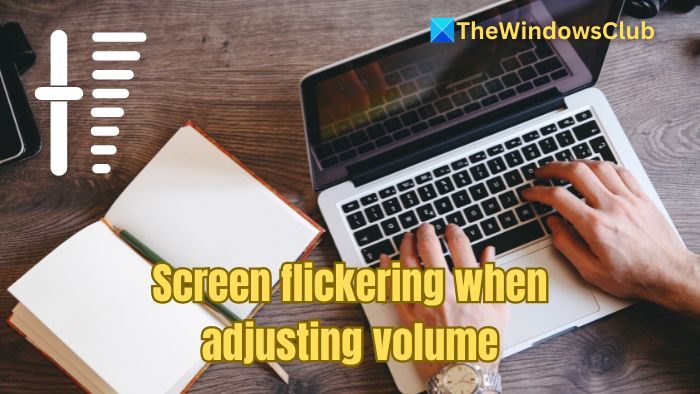
Fix Screen flickering when adjusting volume on Windows PC
These solutions should help you fix the problem.
- Turn off the variable Refresh Rate
- Disable G-Sync or FreeSync
- VLC Player solution
- Uninstall with DDU and reinstall NVIDIA drivers
Use an admin account to execute these solutions and create a system restore point.
1] Turn off the variable Refresh Rate
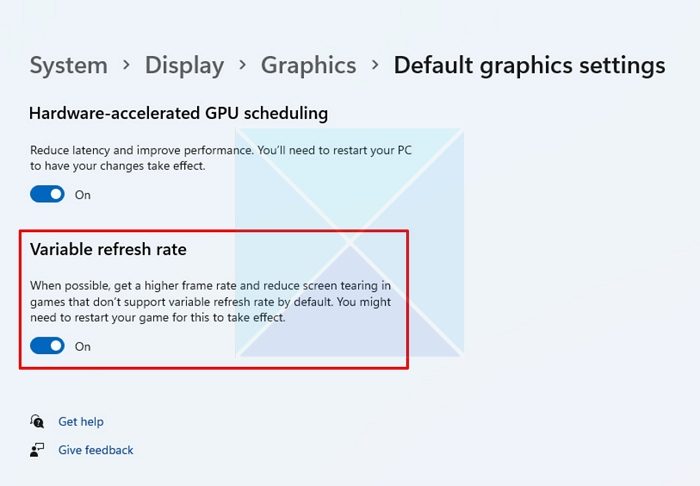
Start by turning off the variable refresh rate, as not all displays are fully compatible with VRR technology. If your monitor doesn’t support the required refresh rate ranges, then screen flickering issues are bound to happen.
- Press Windows Key + I to launch Settings.
- Go to Display > Graphics > Change default graphics settings.
- Over here, toggle off Variable Refresh Rate.
- Finally, reboot your PC and then check if the issue is resolved.
2] Disable G-Sync or FreeSync
G-Sync and FreeSync are technologies designed to synchronize your monitor’s refresh rate with the frame rate output from your graphics card. However, not all monitors are compatible with this technology, which can lead to screen flickering.
Disable G-Sync
- First, ensure you have an NVIDIA graphics driver installed on your PC.
- Next, right-click on your desktop and select NVIDIA Control Panel.
- From the right pane, select Set up G-SYNC under Display.
- Next, remove the checkmark placed on Enable G-SYNC option and reboot your PC.
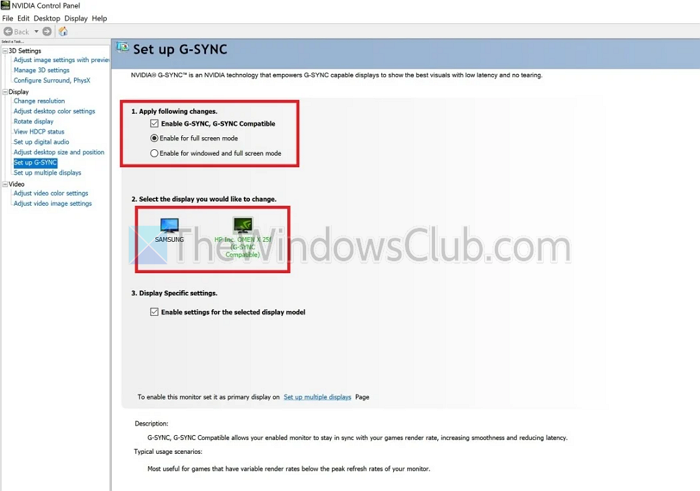
Disable FreeSync
- First, ensure you have Radeon Software installed on your PC for your AMD GPU.
- Next, right-click on your desktop, select AMD Radeon Settings, and go to Display.
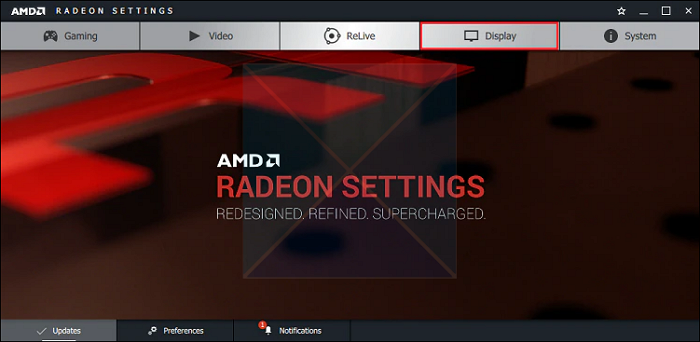
- From here, click on AMD FreeSync to turn it off. And then, reboot your PC to apply the changes.
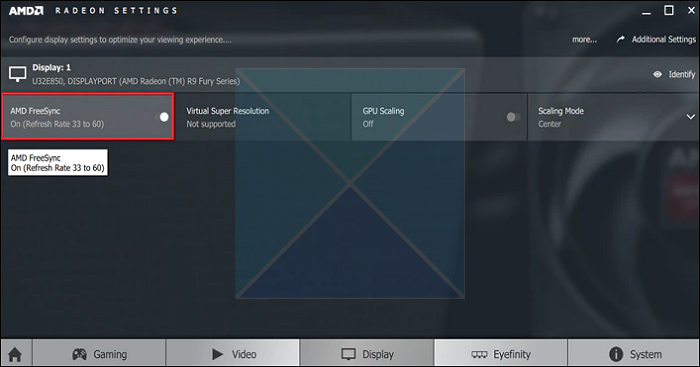
Read: Can’t change Monitor Refresh Rate in Windows
3] VLC Player Solution
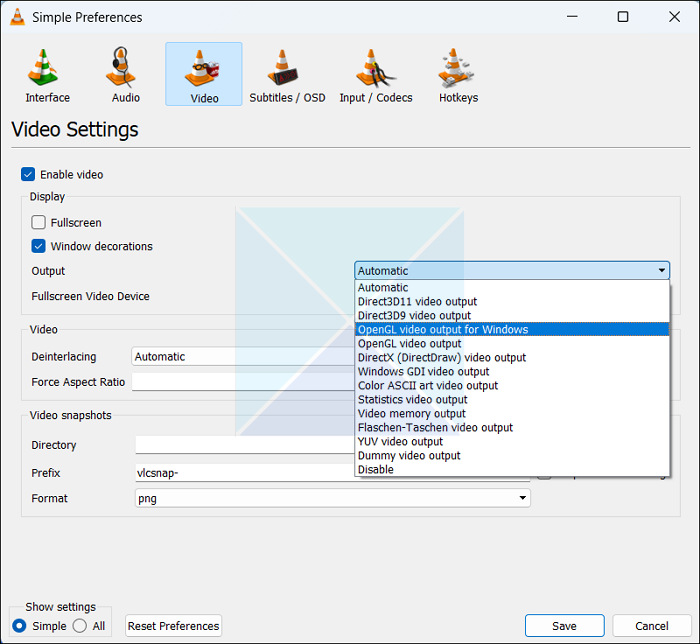
If you are facing the screen flickering issue while adjusting volume, especially with VLC, then here is the solution that might work for you:
- First, open the VLC media player.
- Go to Tools > Preferences > Video.
- From the Output dropdown menu, select OpenGL video output for Windows.
- Save your settings and then check if the issue still exists.
Note: If OpenGL video output for Windows doesn’t work for you, try switching to other output formats and see if any of them do.
Read: Unable to initialize OpenGL on Windows
4] Uninstall with DDU and reinstall NVIDIA drivers
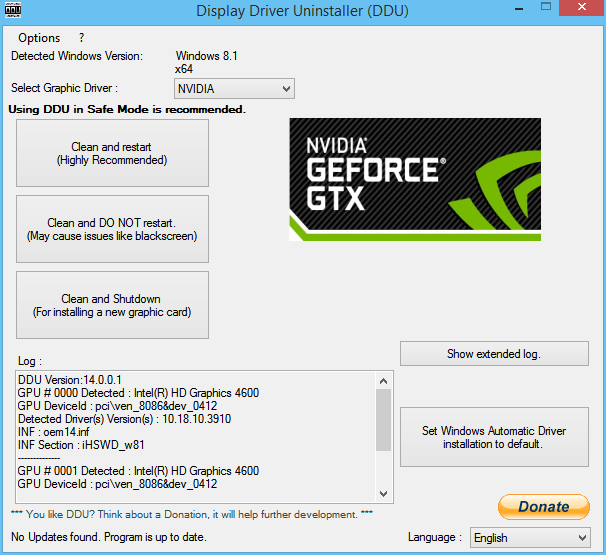
Lastly, you can try reinstalling NVIDIA drivers and see if it works. However, NVIDIA drivers cannot be uninstalled via Device Manager or Windows Settings. Instead, you will need to use DDU or the Display Driver Uninstaller program.
- First, download and install the DDU program.
- Next, launch the software.
- After that, select GPU and GPU manufacturer( NVIDIA or AMD).
- Click on Clean and restart to uninstall the display drivers.
- Once done, go to the NVIDIA website again, download the NVIDIA graphics driver, and install it following the screen instructions.
I hope the post was easy to follow.
My laptop screen starts flickering whenever I move it.
If your laptop screen flickers whenever you move the screen or the laptop, then it indicates a hardware problem. The problem is mainly related to the display cable that connects the display to your laptop’s motherboard. To fix this, consider seeking help from customer support if your device is under warranty. If not, then consider seeking help from repair professionals.
Is the screen flickering an LCD problem?
Both software and hardware problems can cause screen flickering. Some common reasons are an outdated or faulty graphics card driver, loose or damaged cables, an aging LCD backlight, and more.
Leave a Reply